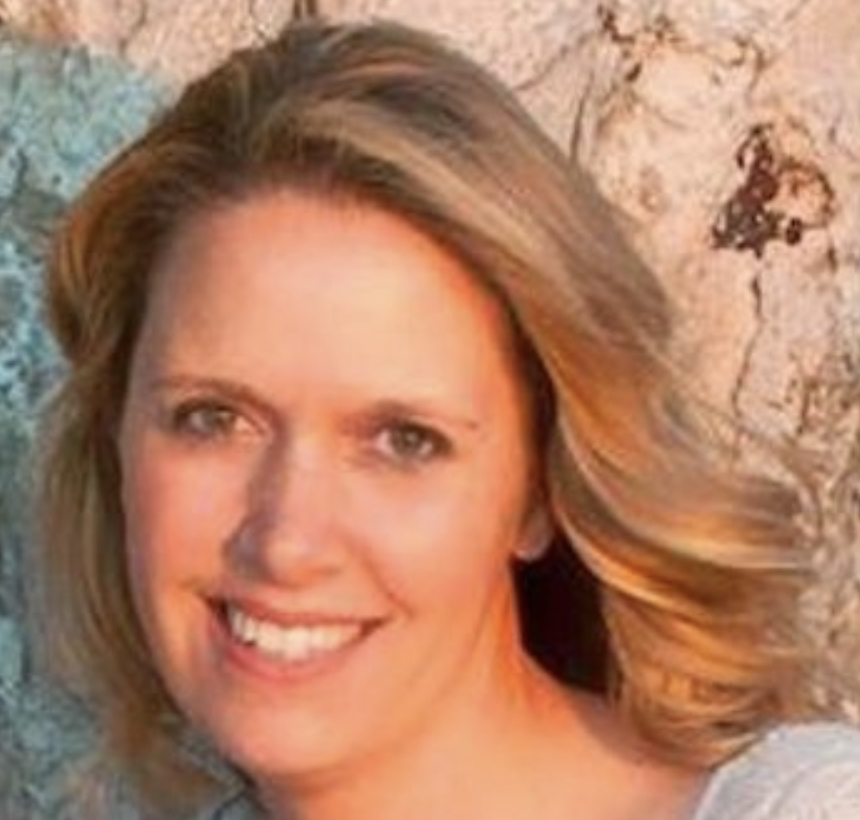Kristy Drake

When I began my career at 22 years old, I was sure I would remain a 2nd grade bilingual teacher in the same school, even the same classroom, until I retired. But life comes at you fast, and while I have stayed in the same district for the entirety of my 28 year (so far) career, I have definitely experienced a lot of change. I spent my first few years as a 2nd grade bilingual teacher, but then Proposition 187 essentially wiped out bilingual education, so I switched to teaching English Learners in primary grades. Then I decided I was burnt out of teaching literacy and switched to become a Math Specialist. I earned my Math Specialist certificate from SDSU and for a couple years, I taught math and only math to 4th and 5th graders. When the district ended that program, I returned to teaching English Learners, but in grade 5. I took a year's leave of absence and lived overseas for a year and came back to teaching English Learners. I was then approached to pilot a new district program for newly arrived refugee and immigrant students in high school, called the New Arrival Center. I had the same group of students all day and taught them all the subjects, with an emphasis on English Language Development and fundamental math skills, as many of our refugees had significant educational gaps. I spent two years at the high school level and six at the middle school level. The district then ended that program and I moved to developing a new biliteracy program for native English speakers, a moment when my career came full circle. I stayed there for about seven years to build the program out and teach it through all the grade levels, then moved to the Central Office, where I am now a Resource Teacher. Here I ensure students are receiving the educational rights and entitlements, and adequate supports for the following student groups: refugee/immigrant students, students experiencing homelessness, students in the foster care system, military-connected students, and students involved in the juvenile justice system for the San Diego High and Lincoln clusters (~50 schools). I oversee the funding and programming related to McKinney-Vento act which governs homeless education for the entire district, currently serving more than 6000 students who are experiencing homelessness. In the summers, and sometimes in the evenings, I teach education courses at UCSD.
A Day in the Life
No two days are the same in my current job, but a general overview looks like this:
Early morning: check in with Transportation. We have more than 500 students on school bus routes from shelters and foster care to school. Troubleshoot any transportation issues.
Morning: School site visits. Here I work with students experiencing homelessness, unaccompanied minors, or students in foster care. This can range from working with small groups on literacy or math to mentoring/wellness checks to connecting unaccompanied teens to social services. I check in with the site administration to ensure needs are being met and to provide supports. I also enroll students from shelters into schools at this time.
Midday: I return to the office and usually eat lunch while I field the emails/phone calls that came in while I was at school sites.
Afternoon: On short days, I am often facilitating professional development at one of my sites in the San Diego High/Lincoln clusters. On other days, I am working with families to make sure they have what they need, facilitating IEPs at sites as an advocate for students in foster care or experiencing homelessness, arranging bus routes, or visiting shelters to ensure students are enrolled and receiving supports. I develop partnerships with wrap around services and local shelters to allow efficient and expedited referrals. I oversee an emergency motel stay program that allows our families living outdoors some respite, and we arrange stays in the afternoons to begin the next day.
What problems am I addressing?
The main problem I address is ensuring homeless, foster, and unaccompanied youth are receiving all of their educational rights and entitlements, including immediate enrollment even if they lack documents, expedited IEP, assistance with transportation. I work with refugee and immigrant families to enroll students in school and provide translation services for the first few weeks. I deal with gaps in teacher education by providing awareness and trauma-informed care trainings. I address issues of chronic absenteeism by identifying the root cause of student absences and connecting the family to resources to address the issue. Most importantly, I work to develop trust in the education system and build a rapport with families so they do not feel judged or inferior in our system, and provide students with equitable access to all curriculum and activities.

